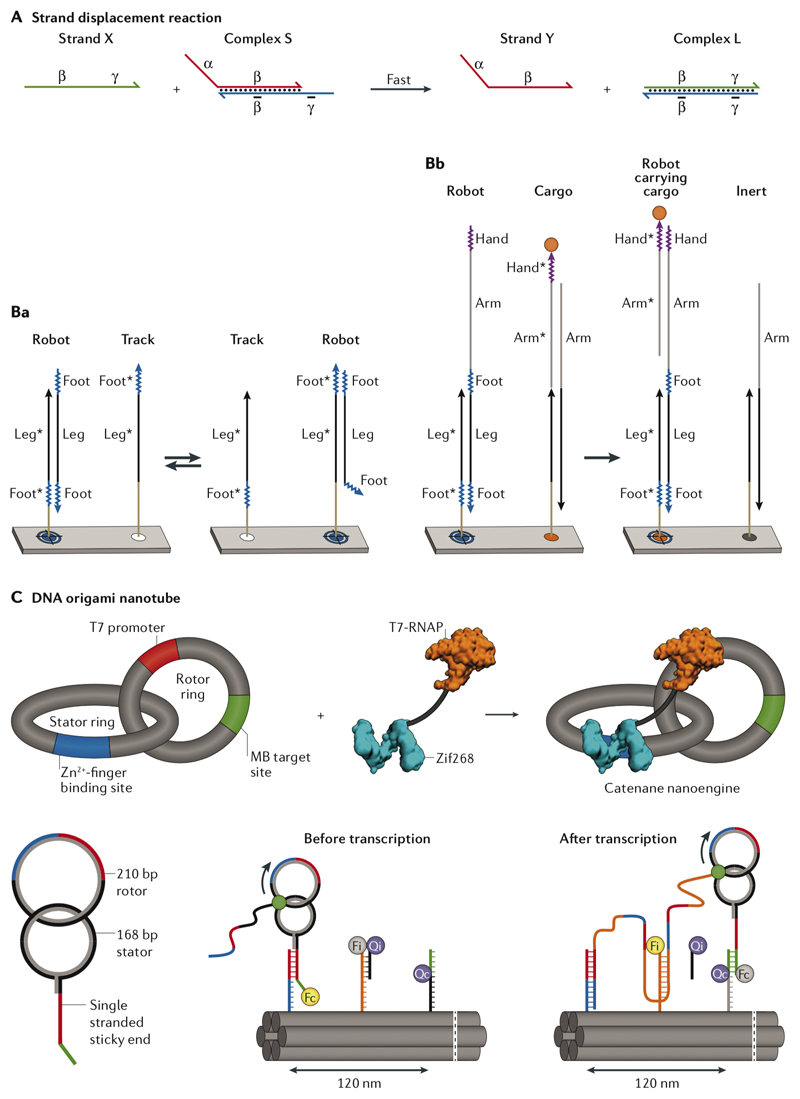Fig. 3. Strand displacement reaction (SDR) and SDR-based walkers.
A| Strand X is the fuel and strand Y is the output77. The final complex (L) is thermodynamically more stable than the initial duplex (S), driving the equilibrium toward formation of more complex L77. Ba| In the single-stranded DNA (ssDNA) walker, walking is performed through two toeholds of equal sizes (Foot) flanking a template region (Leg) complementary to the ‘track strands’ immobilized on the surface of a DNA origami pegboard in equal distances80. All track strands share the template complement region (Leg*), but each has only one of the two complements (Foot*) to the walker’s feet in an alternating pattern. The walker starts binding to one of the track strands via its template and the first toehold, and its second toehold is exposed, which in turn can bind a neighbouring track sequence containing the complement to the second toehold. The track strand at the destination docking site has the complements to both toeholds of the walker (feet) and forms the most stable duplex so that no further movement is possible. Bb| A cargo could be picked up by adding a second template region (arm) and a new toehold (hand) to the walker. Adding a second toehold to the arm (not shown in this scheme) and its complement at a destination site will deliver the cargo to the designated site80. C| The assembly of a zinc finger-fused T7 RNA polymerase (RNAP) rotation mechanism. As the RNA polymerase transcribes its template, the rotor ring rotates against the stator ring kept at a fixed distance using the fused zinc finger domain binding. The molecular beacon (MB) target site helps with monitoring the transcription progress82. The ring rotation of the DNA catenane system is coupled to an SDR-based linear walk on a six-helix DNA origami nanotube. Panels A-C were adapted from REFs. 77, 80, 82, respectively, with permissions from American Chemical Society, AAAS, and Springer Nature.

